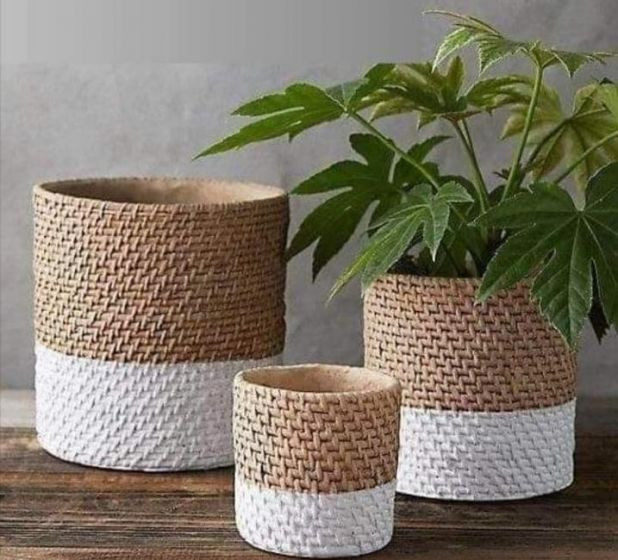Produced by plants, animals, or geological processes, natural fibres can be used to weave or craft composite materials. Papers can also be matted out of them. The property of each fibre depends on its respective orientation.
A variety of beneficial day-to-day items are made from natural fibres, which in turn provides employment to several rural artisans. Different states of India are engaged in the production and utilization of different types of natural fibres. For instance, the production of sisal is mostly done in Maharashtra, screw pine in Kerala, palm leaf in Tamil Nadu and Kerala, bamboo largely in North-Eastern states, cane and khajurleaf in West Bengal, pineapple leaf fibre in Meghalaya, Shitalpati in Assam and Meghalaya and so on. Natural fibres are also cultivated and crafted into utility products all across the globe. Mexico, for example, is known for Henequen products, Australia, China, and New Zealand deal in wool, while silk is primarily found in China and India.
A History of Natural Fibre Products
The earliest evidence of humans using natural fibres began with the discovery of wool and flax fibres. Around 3400 BCE, Egypt was gradually developing the art of weaving and spinning linen. Even back in 3000 BCE, the spinning of cotton was progressed in India, while the production of silk and silk products along with the development of sericulture originated and became highly developed in the Chinese culture. It was much later around the 18th and 19th centuries when the Industrial Revolution began. With the beginning of the Revolution, machines replaced manual labour and began processing various natural fibres, which further resulted in a remarkable upsurge in the production of fibre. Since then natural fibres are meeting basic human needs starting from clothing to shelter.
Properties and Importance of Natural Fibres
The significance of natural fibre products increased again with the rise of environmental concerns. For a sustainable lifestyle, using products made from natural fibres is encouraged over conventional synthetic fibres.
Natural fibres are endowed with several beneficial properties. Compared to synthetic and glass fibres, natural fibres have a lower density, better thermal insulation, and do not impose any skin irritation. Moreover, unlike glass and synthetic fibres, natural fibres can be decomposed and completely broken down by bacteria once they are no longer in use.
Having decent sweat absorbent quality, these fibres can be transformed into a variety of textures. Cotton fibres are used in the manufacture of soft textured, light-weight fabrics, which are preferred over any synthetic fibre textile.
Natural Fibres over Plastic Products
In an environmentally woke world, we can never ignore the hazardous impact of non-biodegradable products. Plastics take thousands of years to decompose, polluting land and clogging up the underground water channel. Natural fibres, on the other hand, are eco-friendly, non-allergic, and more comfortable. Nowadays, natural fibre products have wonderfully replaced most plastic-made items, making the world a little greener and a happier place to live in.
Picture Source: ArtsofIndia.in



